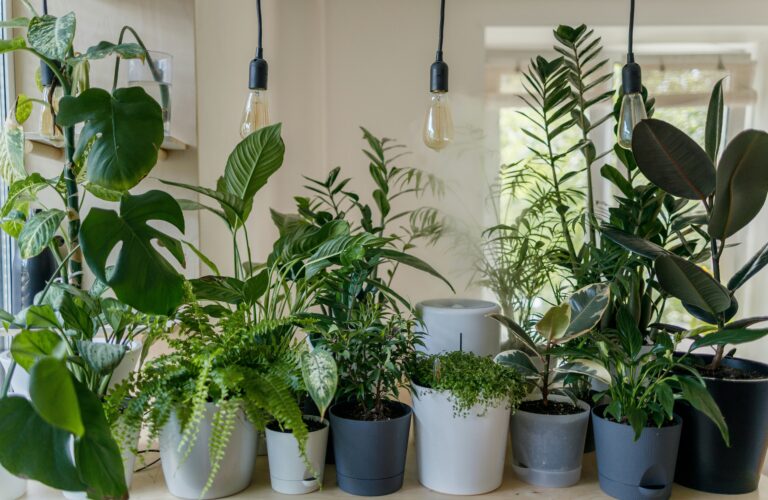Hydration Harmony: A Guide to Watering Your Indoor Plants for Thriving Greenery

Explore blogs across multiple categories
Embarking on a journey to bring nature into your home? Fantastic! As you welcome plants into your space, let’s delve into the art of watering – a crucial element for ensuring your leafy companions thrive without the drama of underwatering or overwatering.
1. Understand Your Plant’s Thirst:
South Indian climates can be diverse, so let’s match your plants with their hydration preferences:
– Moisture-Loving Plants:
– Hibiscus: These iconic flowers love consistently moist soil. Keep the top inch of the soil slightly damp for optimal growth.
– Ferns (Nephrolepis exaltata): Perfect for creating a lush atmosphere, ferns thrive with consistent moisture. Keep the soil evenly moist, especially in warmer climates.
– Moderate Hydration:
– Money Plant (Epipremnum aureum): Popular for their air-purifying qualities, money plants prefer the soil to dry out partially between waterings. Allow the top 2 inches of soil to dry before watering.
– Snake Plant (Sansevieria): Known for their resilience, snake plants prefer slightly drier conditions. Water sparingly, letting the soil dry out between waterings.
– Let It Dry Out:
– Aloe Vera: With its succulent nature, aloe vera appreciates drying out between waterings. Water sparingly, ensuring the soil is completely dry before the next watering.
– Bamboo Palm (Chamaedorea seifrizii): Thriving in humid conditions, bamboo palms prefer the soil to dry out slightly before the next watering.
2. Master the Art of Observation:
South Indian climates can vary, so stay attuned to your plant’s signals:
– Wilting: If your hibiscus or ferns are drooping, check the soil’s moisture level before watering.
– Yellowing Leaves: Money plants and snake plants can exhibit yellowing leaves as a sign of overwatering or underwatering. Adjust watering based on the soil’s condition.
3. Watering Techniques for Different Plants:
Adapt your watering techniques to suit the preferences of South Indian-friendly plants:
– Bottom Watering: Ideal for ferns to avoid excess moisture on leaves. Place the pot in a saucer of water and let the plant absorb from the bottom.
– Deep Watering: For hibiscus and bamboo palms, water thoroughly to encourage deep root growth.
4. Invest in the Right Tools:
Equip yourself with tools suited for South Indian gardening:
– Moisture Meter: Perfect for gauging the soil’s moisture levels in the diverse climates of South India.
– Well-Draining Pots: Ensure pots have proper drainage for effective water management, especially in the humid regions.
– Watering Can with a Narrow Spout: Ideal for delivering water directly to the soil without splashing leaves in the warm, sunny conditions.
Watering indoor plants in South Indian climates is an art. Listen to your plants, observe their signals, and adapt your watering routine based on the unique needs of South Indian-friendly plants. With these insights, you’re well on your way to cultivating a lush, hydrated indoor oasis. Happy watering!


